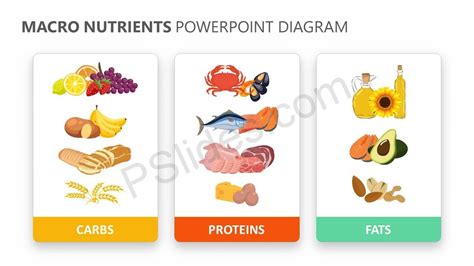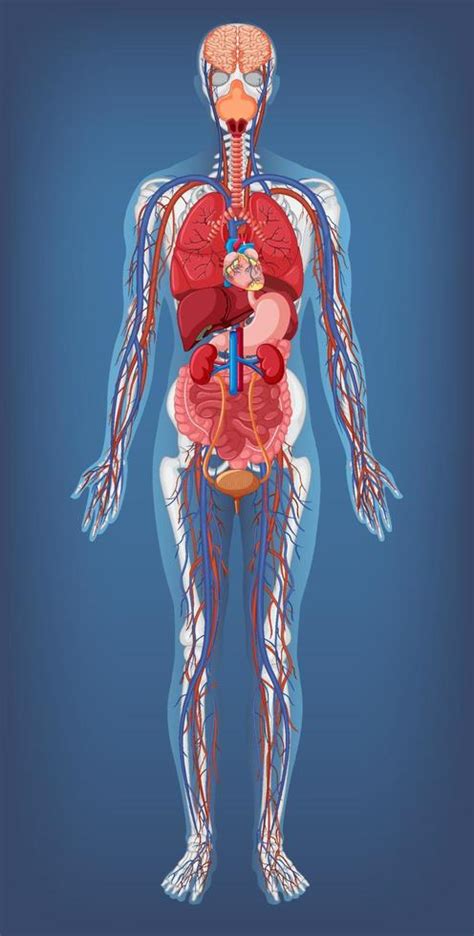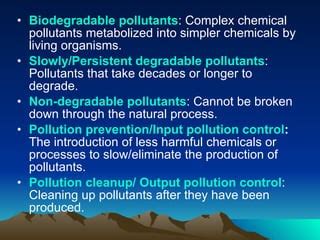Our bodies are intricate biochemical factories, constantly breaking down nutrients to fuel every cell and function. A fascinating byproduct of this energy extraction, often overlooked, is metabolic water. This water is not consumed directly, but rather is created internally when macronutrients – carbohydrates, fats, and proteins – are oxidized (burned) for energy. For an adult man, understanding this ‘output’ provides insight into a subtle yet vital aspect of daily hydration.
The Chemistry of Metabolic Water Production
Metabolic water is a result of cellular respiration, where oxygen combines with hydrogen atoms from the breakdown of food molecules. Each type of macronutrient yields a different amount of water due to its unique chemical structure and hydrogen content:
- Carbohydrates: When carbohydrates like glucose are oxidized, they yield approximately 0.6 grams of water per gram of carbohydrate.
- Fats: Fats, being rich in hydrogen, are the most efficient producers of metabolic water, yielding about 1.07 grams of water per gram of fat.
- Proteins: Proteins produce roughly 0.41 grams of water per gram of protein, though their primary role is not typically as a water source.

Typical Daily Fuel Consumption for an Adult Man
The average adult man’s daily caloric intake can vary widely based on age, activity level, and body composition, but a general estimate for maintaining weight is often around 2,500 kilocalories (kcal). This energy is derived from a typical distribution of macronutrients:
- Carbohydrates: Often account for 45-65% of total calories.
- Fats: Typically 20-35% of total calories.
- Proteins: Usually 10-35% of total calories.
Let’s consider a common scenario: a man consuming 2,500 kcal/day with a macronutrient split of 50% carbohydrates, 30% fat, and 20% protein.
Calculating the Daily Metabolic Water Output
To calculate the daily metabolic water production, we first convert the caloric intake into grams of each macronutrient:
- Carbohydrates: (2500 kcal * 0.50) / 4 kcal/gram = 312.5 grams
- Fats: (2500 kcal * 0.30) / 9 kcal/gram = 83.3 grams
- Proteins: (2500 kcal * 0.20) / 4 kcal/gram = 125 grams
Now, we multiply these gram amounts by their respective water yield factors:
- Water from Carbs: 312.5 g * 0.6 g H2O/g = 187.5 grams of water
- Water from Fats: 83.3 g * 1.07 g H2O/g = 89.1 grams of water
- Water from Proteins: 125 g * 0.41 g H2O/g = 51.25 grams of water
Summing these values, the total estimated daily metabolic water production is approximately 187.5 + 89.1 + 51.25 = 327.85 grams (or milliliters) of water.

The Significance of Metabolic Water
Therefore, an adult man typically produces between 300 to 400 milliliters (or about 10 to 13.5 fluid ounces) of water per day through metabolic processes, given a standard diet and activity level. This figure can fluctuate with dietary changes (e.g., a high-fat, low-carb diet would yield more metabolic water) and metabolic rate.
While this might seem like a small amount compared to the 2-3 liters of water an adult is recommended to drink daily, metabolic water plays a crucial role in the body’s overall hydration strategy. It’s particularly vital in situations where external water intake is limited, such as in desert environments, during strenuous exercise, or for animals that derive a significant portion of their water from food metabolism (like camels or desert rodents).

In summary, the daily ‘output’ of metabolized water from an adult man’s body is a testament to the efficiency and complexity of human biochemistry. It serves as a constant, internally generated source of hydration, contributing significantly to maintaining the body’s delicate fluid balance alongside water consumed from beverages and food.





